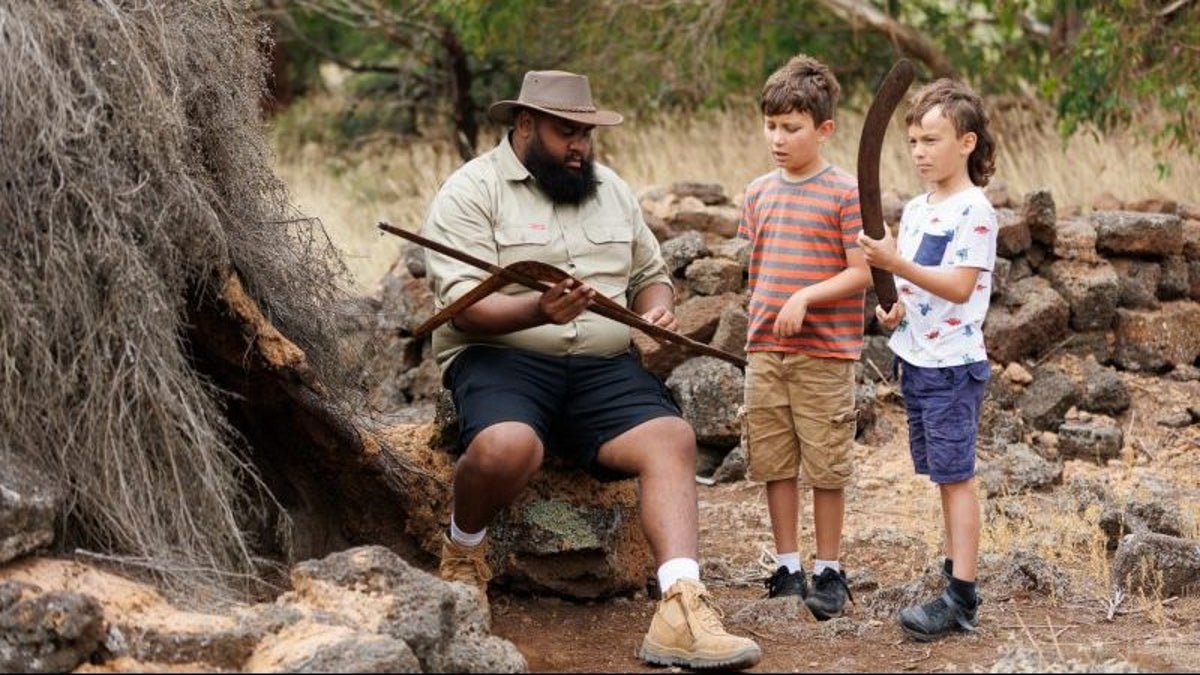
In The Independent’s travel trends column, Trendwatch, we dig into the types of trip, modes of transport and top buzzwords to watch out for.
Of the many exciting new tours, accommodation and travel experiences that pinged into my inbox as the calendar flicked from 2022 into 2023, one loomed larger and more vivid than most. This was the trend for days out and micro-adventures led by, or immersing travellers in, indigenous and First Nations communities.
Extending far beyond the odd Aboriginal-culture-themed day trip in Australia, this is a new, diverse generation of experiences designed for learning and appreciation. Thoughtfully planned and sensitively led, ideally by people from the community they are hosted in, a raft of new micro-adventures range from Canada to Costa Rica, the Pacific islands to South Dakota. They’re not merely tucked into itineraries that pass through certain remote regions; rather, they’re proudly marketed as one of the most essential and meaningful ways to immerse yourself in that country’s culture. Increasingly, they involve staying overnight with, and being guided by, indigenous people who are experts on their land, wildlife and folklore.
Experiences are proudly marketed as one of the most essential and meaningful ways to immerse yourself in that country’s culture
So why now? Many of these communities have existed for centuries, with mainstream tourism only making contact in more recent years. The 2023 wave is likely a more focused aspect of a wider recent trend for travel that empowers the locals in a destination. The idea is that operators and tourist boards link up fully with remote communities and indigenous guides who may have been working and living in the same way for centuries. With more experiences of this kind than ever before, many operators have reviewed their offering in all countries with an indigenous population, making sure they engage respectfully with and channel funds towards these enlightening guides and hosts.
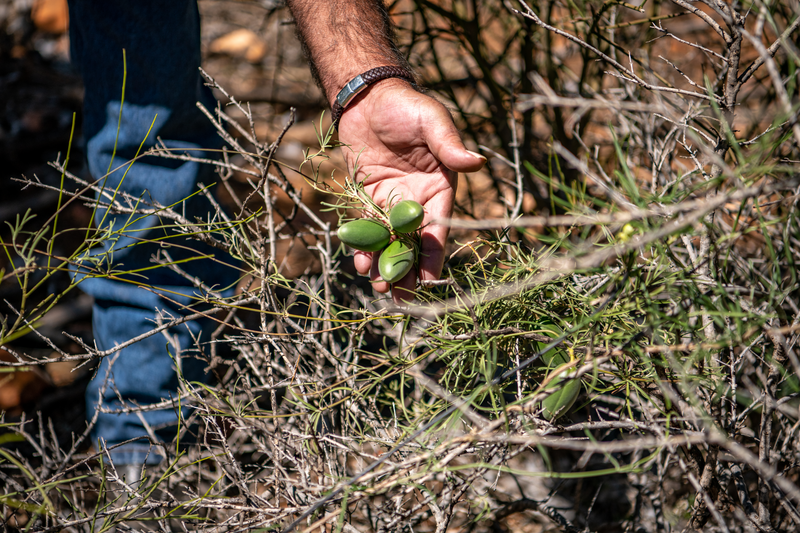
As just one example, Australia-based adventure operator Intrepid Travel is launching 100 new indigenous-led experiences in 2023. Its general manager of purpose, Sara King, tells me that the pandemic was a time for reflection – and one major thing the team reviewed and overhauled was the role of visits to indigenous communities on its tours. As an example, she says that “in 2019 we had 12 indigenous-led experiences in Australia. In 2023, we’ll have 50, led by 41 different operators.”
She tells me this type of tour stop is not just popular with guests; it’s an ESG (environmental, social and governance) commitment. “As a company we have a reconciliation action plan, which helps us create relationships and do things in the right way, engaging appropriately with indigenous communities,” she says. “Going into 2023, we’ve really tried to offer some kind of First Nations experience no matter where you go.”
Beyond Australia, the group adventure operator’s 100 new experiences extend to Costa Rica, Papua New Guinea, Guatemala, Mexico, Utah and Tanzania. As well as channelling tourist spend directly into the towns and projects they visit, King says, responsible tourism to these areas can even have a direct, positive effect on the environment.
Indigenous guides can be that conduit for travellers to understand what the impact of climate can be on their own country— Sara King, Intrepid Travel
“There’s a huge connection between First Nations people and the country they have lived in for many years, the wildlife and the land. They can be that conduit for travellers to understand what the impact of climate can be on their own country,” she says. Connecting with these tribes, villages and projects, ensuring they thrive, is key because they are often the stewards of nature.
According to the UN, indigenous peoples are stewards of the world’s biodiversity and cultural diversity. “Although they account for only around 5 per cent of the world’s population,” it says, “they effectively manage an estimated 20-25 per cent of the Earth’s land surface. This land coincides with areas that hold 80 per cent of the planet’s biodiversity and about 40 per cent of all terrestrial protected areas and ecologically intact landscapes.”
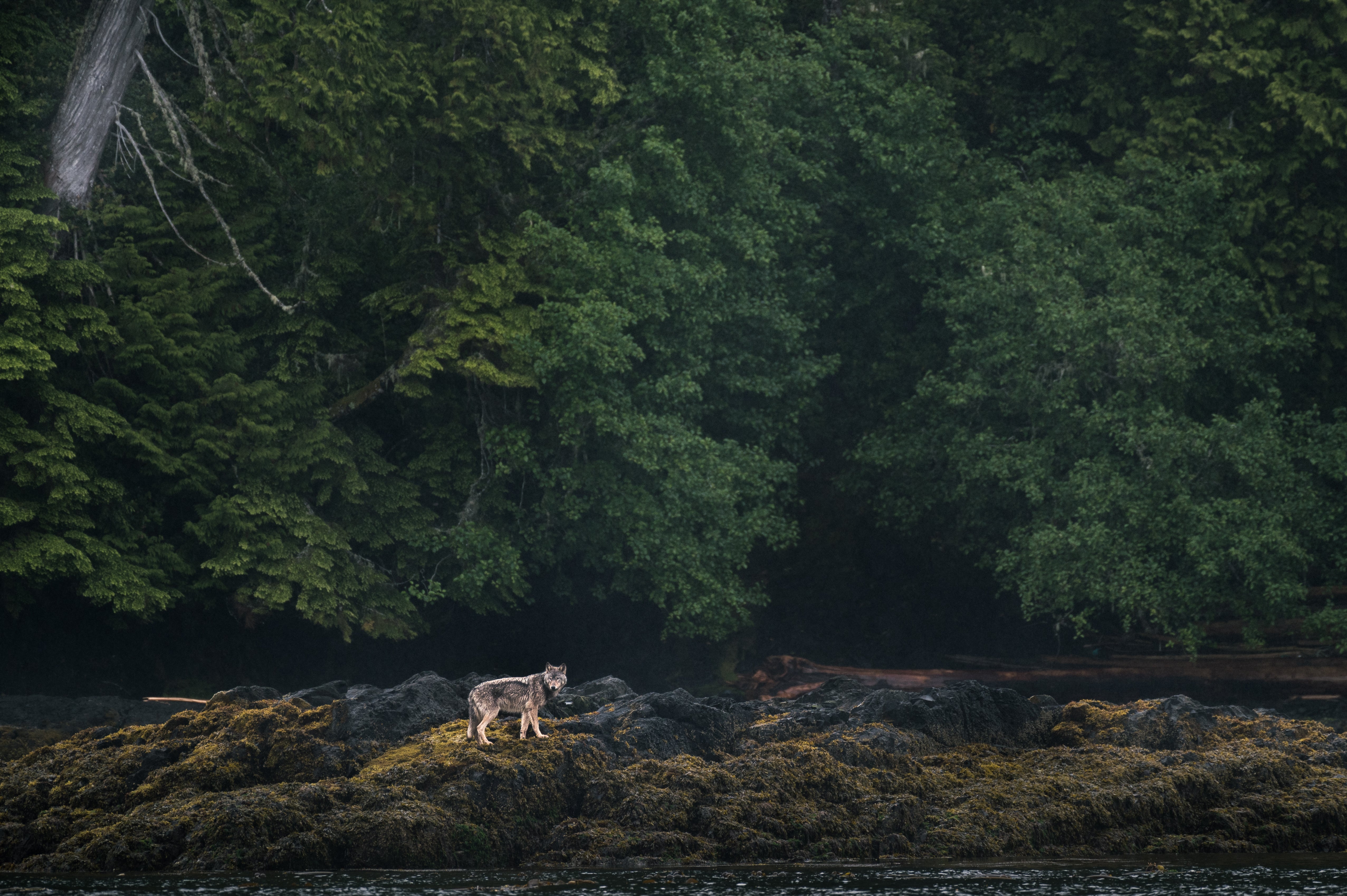
Many of the UK’s top tour operators have new experiences taking guests to indigenous heartlands in 2023. Audley Travel is proudest of its new two-day adventure with Tlatlasikwala First Nation guides in British Columbia. Out in the wilderness with a maximum of six guests, your First Nations hosts will show you how they track sea and land wolves, as you camp out surrounded by nature.
“I think this trend is gaining traction because clients are interested in immersive experiences: they want to meet local people, to get a sense of what these destinations offer beyond the tourist hot spots, and there’s a feeling of supporting a local community, a local way of life,” says Audley’s head of product, Alex Bentley. “It feels good, it feels responsible. It’s a positive impact story that clients relate to.”
As well as cultural immersion and a new appreciation of wildlife, he says, “these communities also often directly show or tell you how tourist money is spent. For our wolf-tracking tour, some of those funds go to schools that keep their traditional language alive, a language that was in danger of disappearing.” Two of Audley’s other tours he recommends are visiting Borneo’s Lemanak longhouse, run by the Iban people, and visiting deep-rooted communities in Japan’s Kyoto-by-the-Sea, engaging with local artisans and seeing their longstanding way of life in stilted, coastal houses.
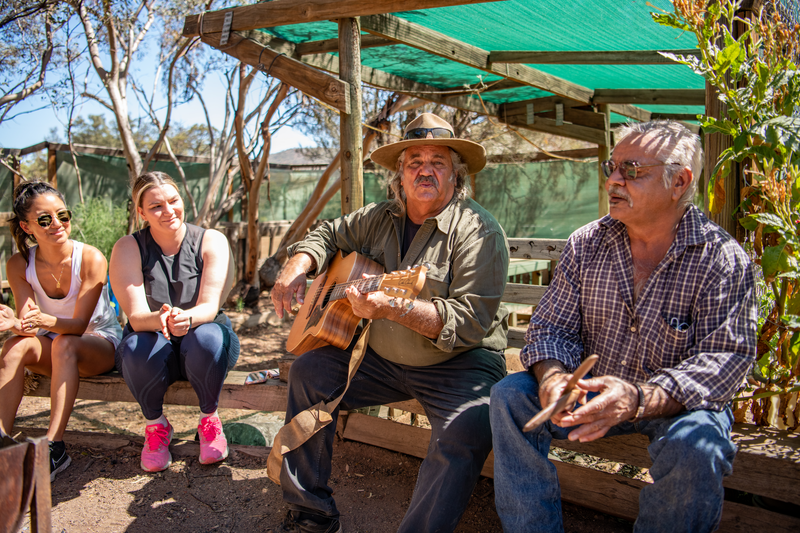
Elsewhere, Much Better Adventures is tapping into the local knowledge of Panama’s Guna and Embera communities, who will lead kayaking adventures in the Guna Yala Islands and Chagres National Park on their 2023 tours. On the tourism board front, Australia’s Tropical North Queensland, already home to three major indigenous Australian festivals, has pledged to double indigenous employment in the region by 2032.
In the US, Trafalgar has launched a nine-day “National Parks and Native Trails of the Dakotas” tour, where visitors will spend time with representatives of the states’ Lakota, Rosebud and Mandan, Hidatsa and Arikara tribes, going on plant-foraging walks, learning about the preservation of native languages and being treated to a dinner and dance ritual.
Accommodation can be a source of income for indigenous communities, too: this year, US operator Ranch Rider has launched trips to its first wholly indigenous-owned and operated ranch for horseriding and culture exchange holidays in Alberta, Canada. And Original Travel is leading tours to Nemiah Valley Lodge, British Columbia, which will open for its first full season in June. Run by the Xeni Gwet’in community, it’s the first tourism venture in the Tsilhqot’in region after a landmark ruling awarded this 1,900 sqkm territory to six First Nations communities in the region in 2014.
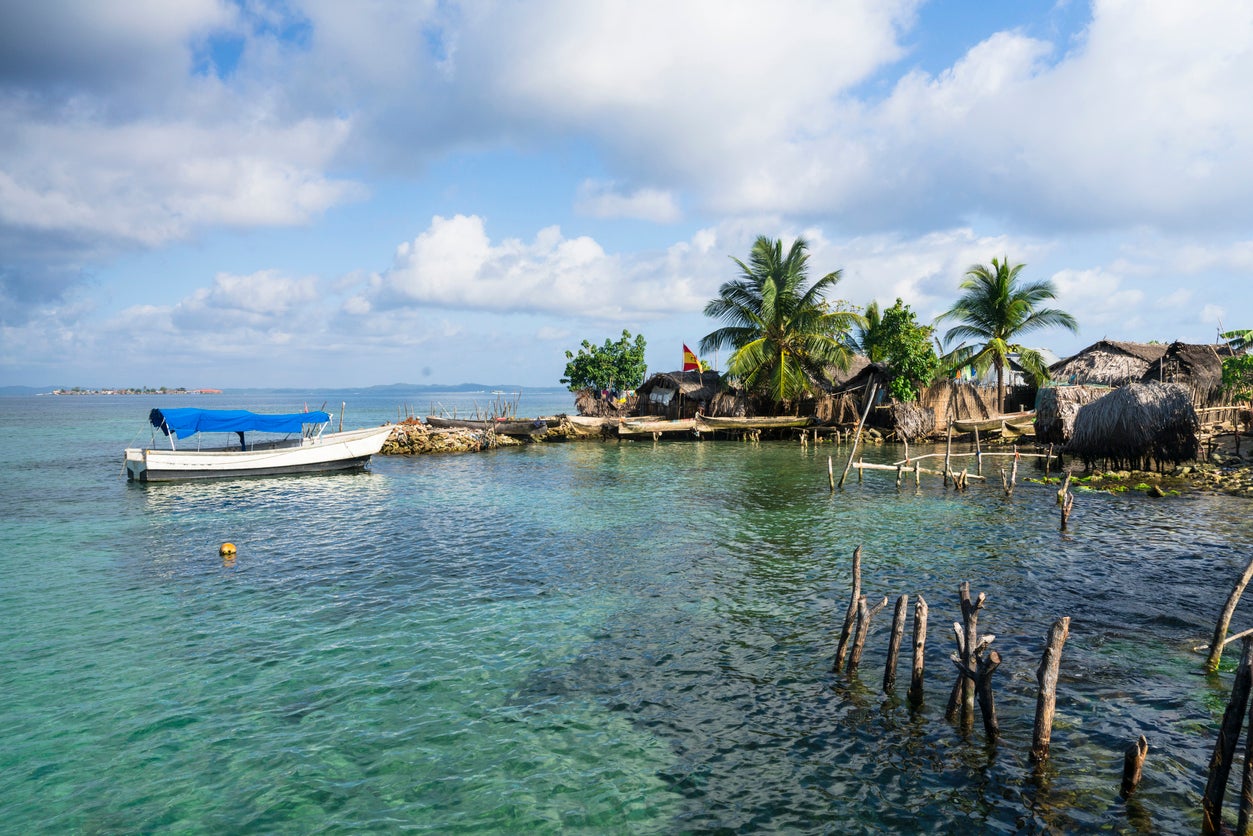
This trend has some unhappy realities behind it. It’s partly driven by the public consciousness raised by headlines around indigenous peoples protecting whole ecosystems, receiving apologies for historic cruelty and even being murdered for defending their land. Many countries are letting go of any attempts to gloss over cruelty and past dismissal of indigenous communities, and are instead facing up to and atoning for their history. More positive is the increased awareness about how remote destinations were affected by the tourism slump during Covid, and a concerted effort to spend tourist dollars where they’re most needed.
The first sign of anything becoming too commercialised or taking advantage of locals, we would walk away— Alex Bentley, Audley
I question Alex Bentley about how Audley keeps its experiences respectful and beneficial to tour leaders, well away from a dated idea of wealthy, white people going to stare at an “exotic” way of life. “That’s crucial, isn’t it,” he says. “We work closely with local tourism commissions to ensure there’s a degree of sensitivity, and we’re mindful of our language to clients, and also preparing clients for how they should interact with local people.
“But what we’ve found is that these communities, particularly in Canada, are very supportive of this as a way to generate income, to promote themselves and make a living with something they enjoy doing. It’s low impact: you’re typically walking, talking, hiking and camping, looking and viewing. People are seeing this as an opportunity to further promote themselves and their culture. Provided we continue to review and consider all of that carefully with our partners, it’s a good message to send.”
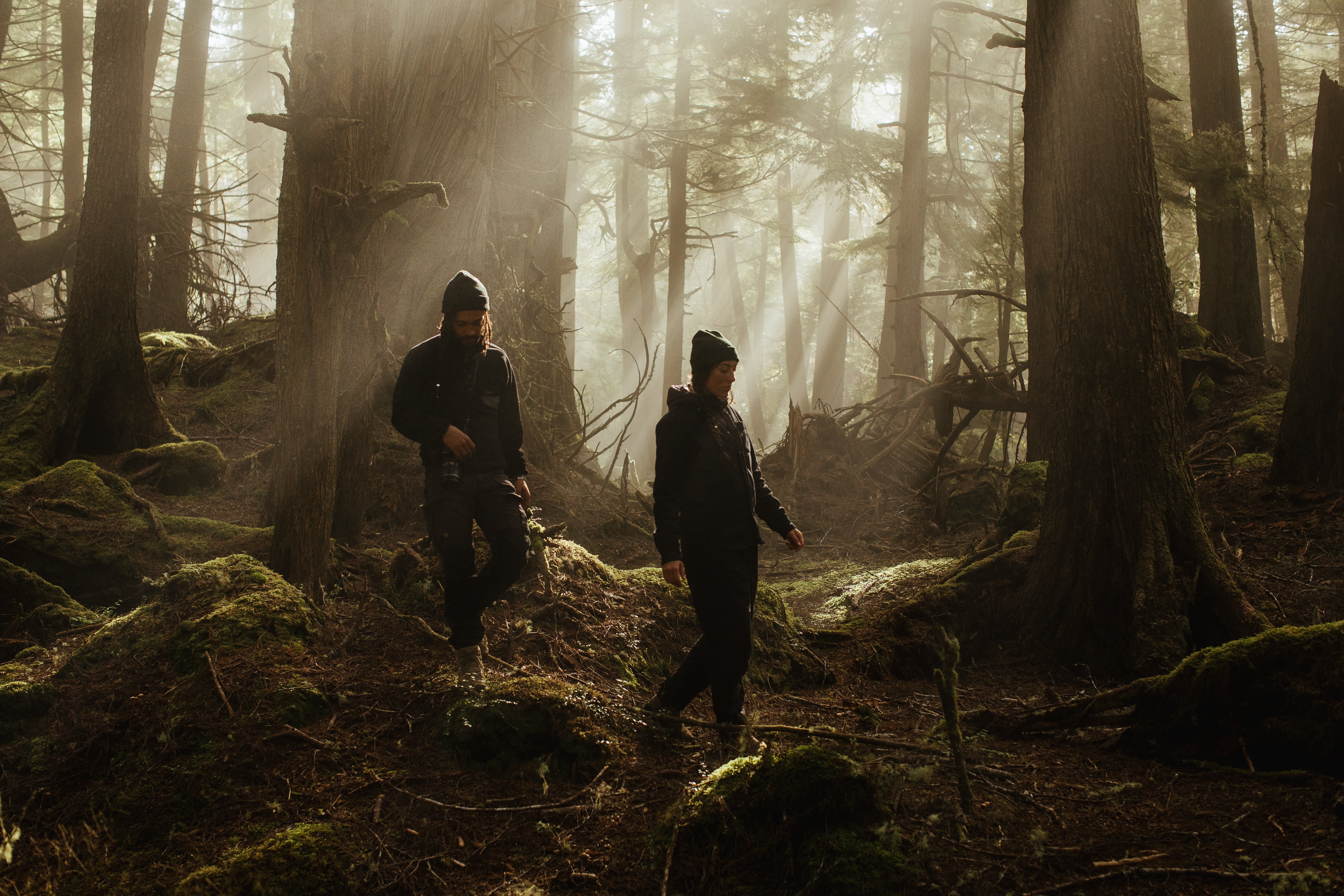
“There are some operators that don’t do it well,” says Alex. “There has to be a mutual understanding of what we want to deliver. We want to maintain a respect, a mutually beneficial relationship with each community; the first sign of anything becoming too commercialised or taking advantage of locals, we would walk away.”
The Intrepid project hasn’t been without its challenges, says King. Tour leaders and businesses in the US and Canada have been harder to connect with. “Many indigenous guides in the US don’t have websites or tour information online, so we have to find them through word of mouth from local tourism boards, plus some deep digging around for phone numbers,” she explains. But she’s confident this kind of experience will only feature more prominently in its tours.
The rise in interest correlates with the increase in guests wanting to put experiences, people-led encounters, nature and wildlife above luxury and seclusion
But, in many cases, learning skills or engaging in knowledge exchange with a First Nations community is the highlight of a multi-stop trip. Alex Bentley observes that the rise in interest correlates with the increase in guests wanting to put experiences, people-led encounters, nature and wildlife above luxury and seclusion.
“Many of our clients are willing to sacrifice a certain degree of comfort for something that is so unique and may be the most memorable part of their holiday,” says Alex Bentley. It’s often also one of the best-value components of a trip, he says, given that many hikes and camp-outs are pretty rustic in nature.
For Sara King, it’s all about recognising and paying tribute to the indigenous residents’ part in each country’s history and culture. “Indigenous tourism has the power to bring travellers closer to the communities that shaped destinations, honouring their customs and unique history while paving a new path for peace and reconciliation,” she says.







